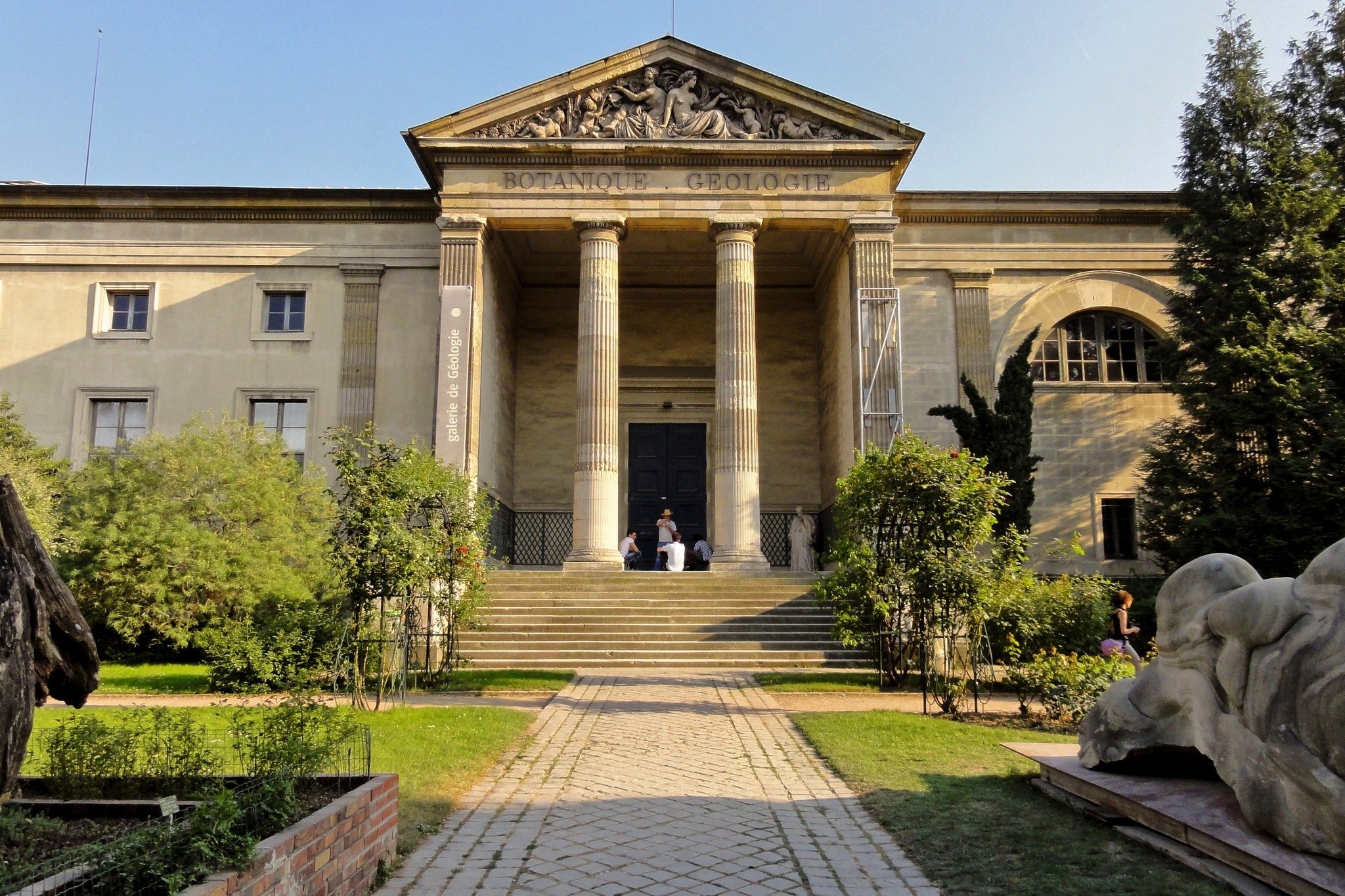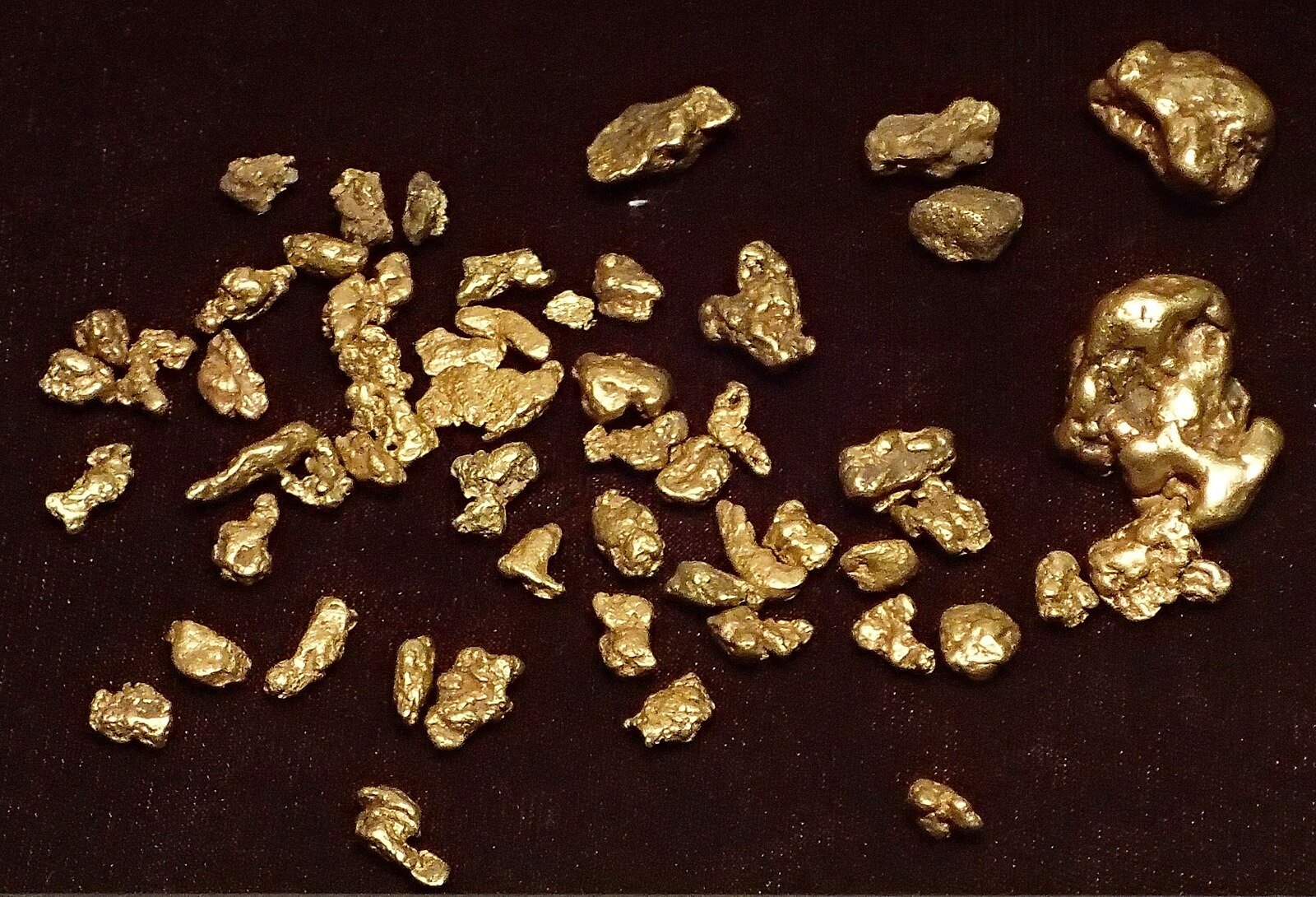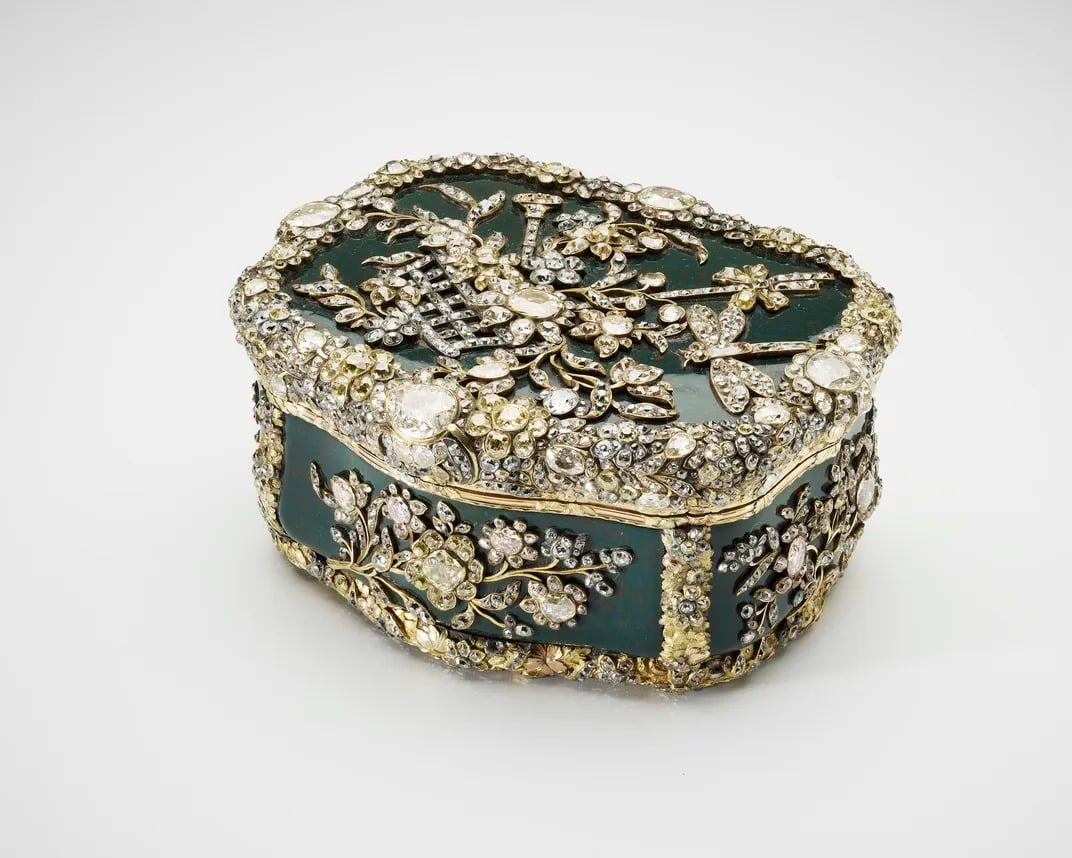
In the early hours of September 16, 2025, thieves launched a daring heist on the National Museum of Natural History in Paris, France. They made off with native gold specimens worth about $700,000 from the museum’s geology and mineralogy gallery.
Native gold is much rarer than the gold found in jewelry. Most jewelry gold comes from ore and must be refined, but native gold occurs naturally in metallic form. Each piece is unique, with its own shape and crystal structure. Besides being valuable, these nuggets are important to science. Researchers study them to understand Earth’s history and how its rocks and minerals formed.

Museum officials say the theft was carefully planned. They believe the thieves disabled the museum’s alarm and security systems. This allowed them to enter without being seen. They then used a blowtorch and an angle grinder to break into the display cases.
“We are dealing with an extremely professional team, perfectly aware of where they needed to go and with professional equipment," said museum director Emmanuel Skoulios. "It is absolutely not by chance that they went for these specific items."
Since the theft, the affected gallery has been closed to the public. The museum has also added extra security to prevent future break-ins.

This heist is the latest in a series of museum thefts in France. In early September 2025, three Chinese porcelain works classified as "national treasures" were stolen from a museum in Limoges. They were valued at about $9.5 million. Late in 2024, armed thieves used axes to smash display cases at the Musée Cognacq-Jay in Paris. They stole several 18th-century luxury items, including a diamond encrusted box. As of October 2, 2025, no arrests have been made in any of these cases.
Resources: Smithsonian.org, theguardian.com, NBCnews.com